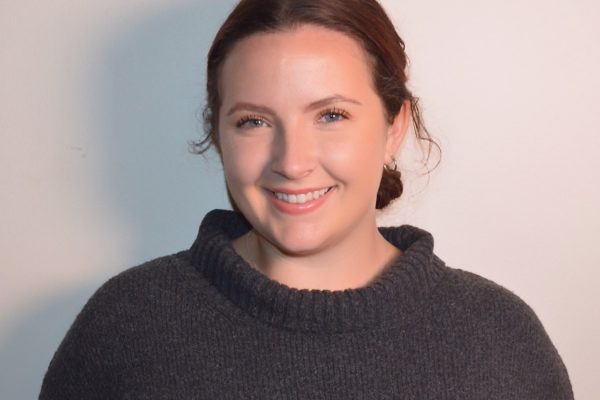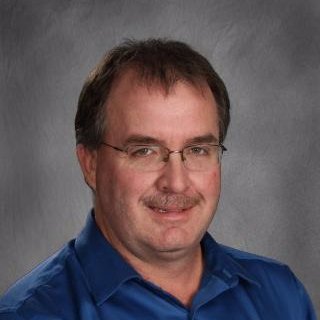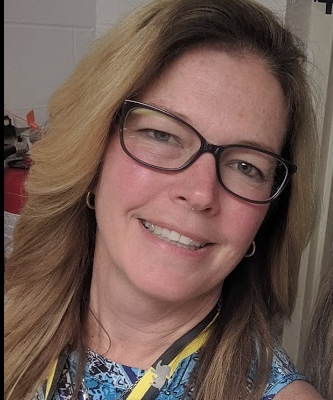By: Kelly Ogden
Mathematics Curriculum Coordinator, 6 – 12
Virtual High School Site Coordinator
Littleton Public Schools
In September, my school principal approached me about whether I was interested in attending the MassCUE conference. I had never been, or even knew what it was about. However, over the past couple of years I had started working with Code.org and EDC to start up a new computer science program at Littleton High School. My principal thought I would enjoy MassCUE and encouraged me to attend, insisting this conference would be right up my alley. When I received the email for the 2015 MassCUE Conference and saw the theme was “Dare to Innovate,” I thought to myself, “What a perfect topic to experience.” Yes, this was definitely a conference I would be interested in.
I attended the second day of MassCUE. Feeling the buzz of so many educators in one place, walking though the vendor booths providing new technologies to explore, and having the chance to see parts of Gillett Stadium I might never see again was just the start of the excitement of the day. But the biggest excitement of the day was one of the CUEByte presentations, in which Dr. Jennifer Price, Superintendent of Andover Public Schools, asked the question, “How do we sustain innovation in a public school setting?” One idea she presented that struck me was that libraries could “be the hub and center of innovation.” Her view was that libraries were no longer a place for quiet reading, but rather a place “where students can innovate and where they can do amazing, exciting, blow-your-mind things.” I left MassCUE inspired and ready to create a space for the students of Littleton High School that would inspire them to innovate and collaborate.
I returned to school the next day, thinking about the new space I wanted to create, and trying to figure out how to get it done. Standing in the office, my principal asked how MassCUE went, and I blurted, “I’m going to create an Innovation Center.” I went on to explain that the current state of our library didn’t inspire LHS students to think outside of the box. We needed to update the space to encourage innovation and collaboration. To my surprise, he encouraged me to create a committee to explore this idea. That same day, I formed a task force with the goal of opening the Innovation Center within the next two years.
I found it important to include a variety of teachers and staff on the task force in order to create a design that would inspire the entire school and community around us, as opposed to simply creating another science and technology room. The group included an English teacher, a Spanish teacher and a math teacher, in addition to two members of the technology department and the librarian. In a matter of a few months, ideas came together. We envisioned movable furniture, collaboration stations, high-top bistro-style tables and chairs, modular furniture, charging stations, big-screen TVs, and Chromebooks. We wanted a flexible, open space that would have endless possible configurations, so our plans included moving the resource desk to a central location; updating the space with new flooring, electrical, and paint; as well as moving all large stacks to the perimeter of the space, using low-level stacks with casters to separate the space when needed.
We had lots of great ideas…but no plan for how we would fund the space. Then, seemingly out of nowhere, in February, my principal mentioned a grant that we might be interested in. Hours later, I was meeting with the superintendent. He was excited and he too encouraged me to apply for the grant, but there was a catch. I had only one week to write it—and I had never written a grant before. Where to start? What to write? I didn’t know. I was only a math teacher. I needed to talk to someone who had already created a space like the one I envisioned, so I called Jennifer Price and introduced myself. I explained I was there when she presented at MassCUE and how it inspired me. I told her all that had happened in a few short months and she helped me figure out how to attack the grant-writing process. Over the course of the next week, the task force wrote the grant seeking the necessary funds to supply new furniture and technology with a value of up to $30,000. I submitted it and five hours later, received an email inviting me to attend a meeting with the grant makers the very next night. At the meeting, the trustees of the fund seemed to share in my excitement. The next morning, I learned they decided not to provide us with the $30,000 we requested. Instead, wanting to see the entire project come together, they had granted us $75,000!
As I write this I find it hard to believe that what started as another conference, something I do multiple times a year, has become a $75,000 Innovation Center for Littleton High School. Now we just have to build it!
About the Author:
Kelly Ogden is the Mathematics Curriculum Coordinator and Computer Science teacher for Littleton Public Schools in Massachusetts, where she has worked for the past ten years. She currently chairs their Innovation Center task force. She recently became a Mobile Computer Science Principles Master Teacher, supporting the next cohort of CSP teachers. Kelly can be reached at kogden@littletonps.org, and followed on Twitter @MsOgdenLHS.
 Print this post
Print this post



